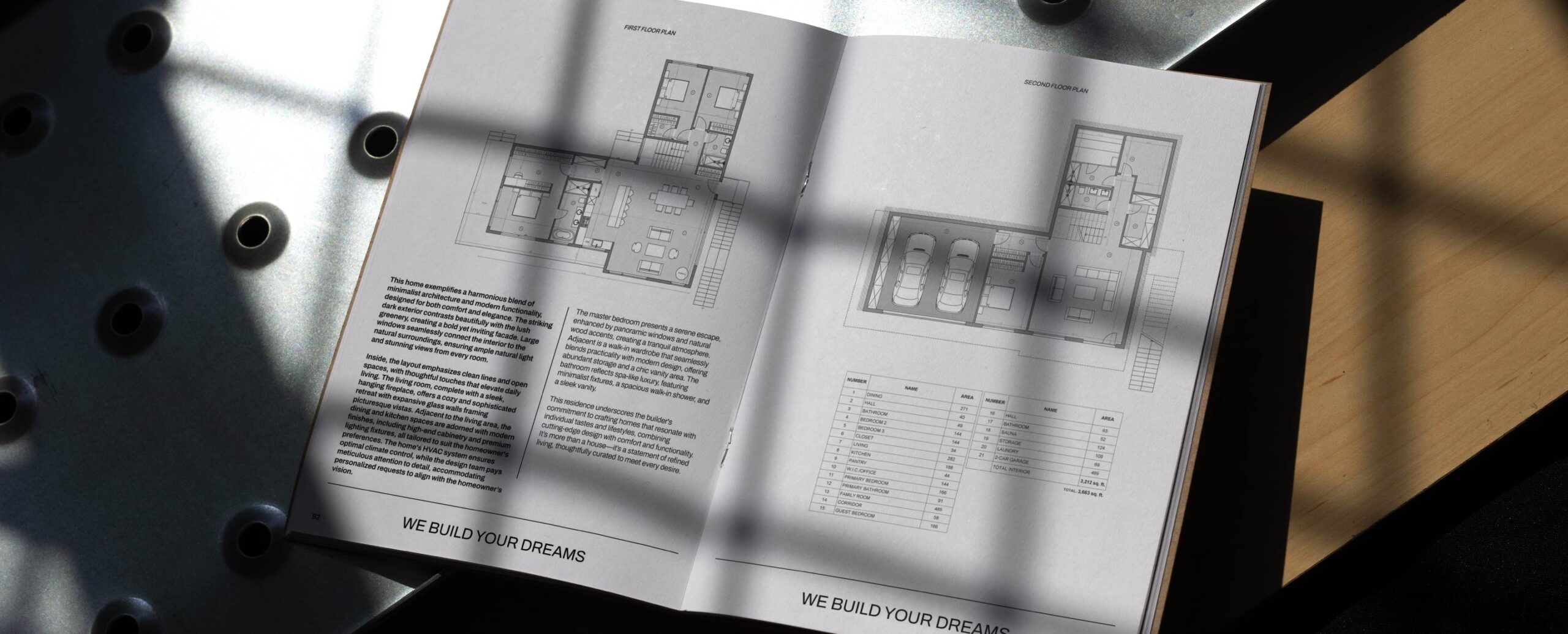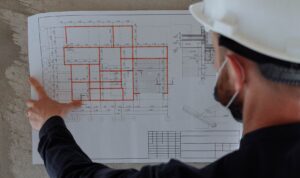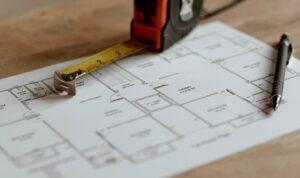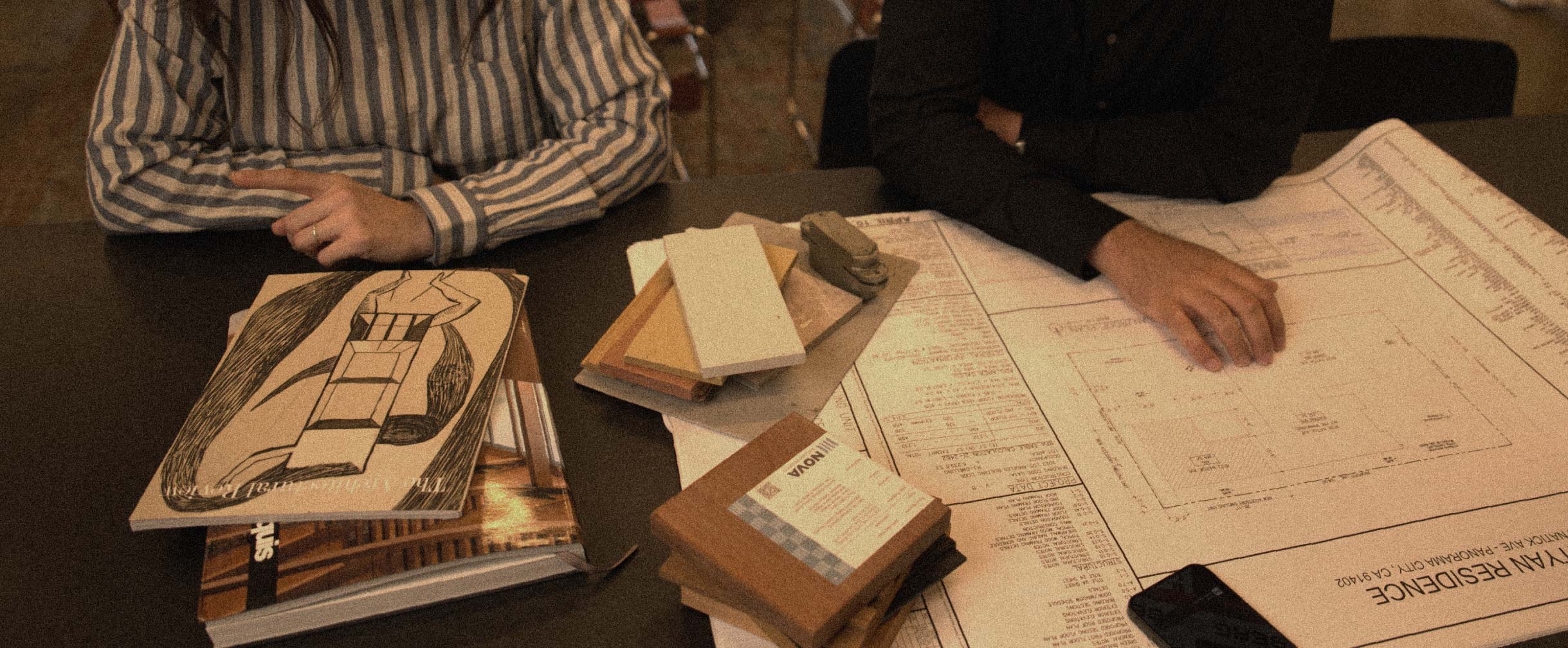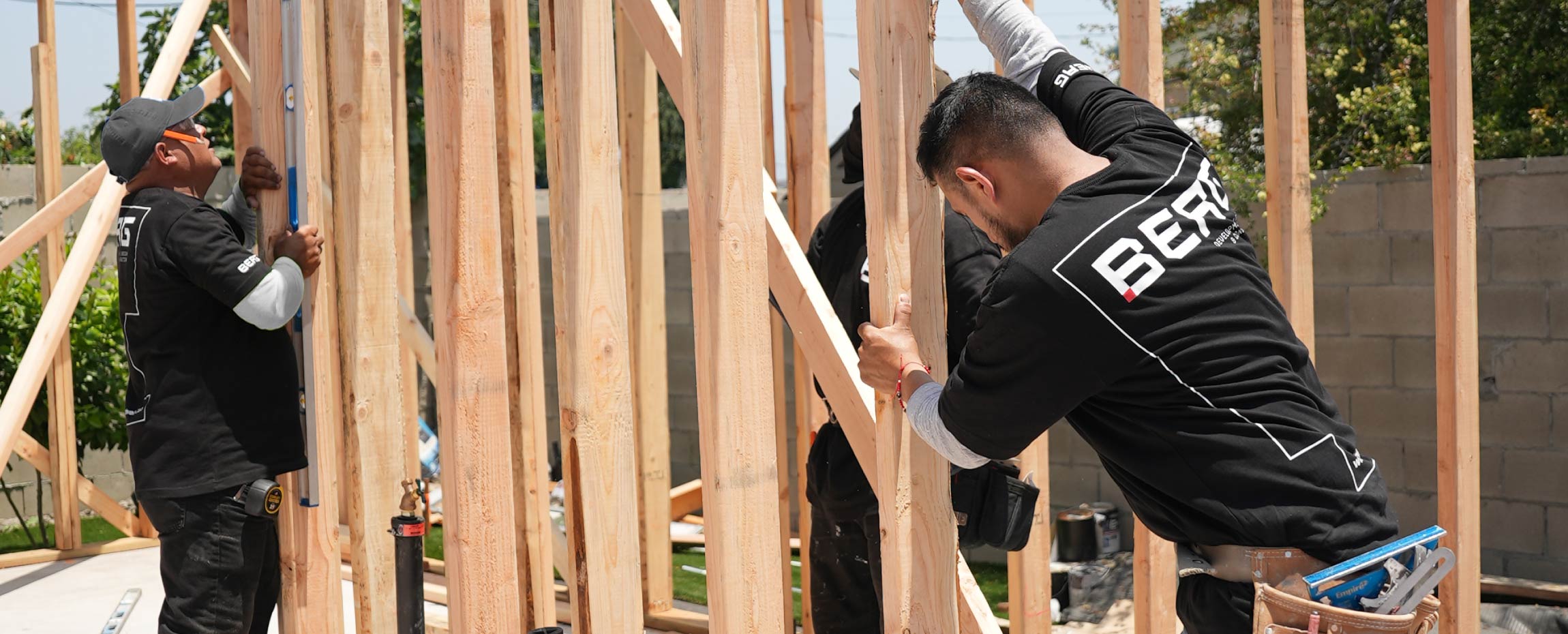Introduction: A divided industry
For decades, architecture and construction lived in separate worlds. Designers created beautiful visions. Builders were tasked with making them real – often discovering too late that those visions were impossible, over budget, or inefficient to build. The result? Friction, delays, and disappointment.
We’ve worked hard to change that. In our business, design and construction are inseparable from day one. We don’t just build what’s handed to us—we collaborate from concept to completion.
This approach – called design-led construction – isn’t a luxury anymore. It’s the future. And if you want projects to run smoother, faster, and smarter, it’s the only way forward.
What is design-led construction?
Design-led construction is a fully integrated approach where architectural, engineering, and construction teams work together from the very beginning of a project.
Rather than separating the design and build phases, this model creates a continuous feedback loop. The design informs the build – and the build realities shape the design. Together, they evolve in sync.
It’s not just a smoother workflow. It’s a mindset shift:
- From conflict to collaboration
- From hand-offs to handshakes
- From reactive to proactive project delivery
of an integrated design-build model
Whether you’re a homeowner building your dream space, or a developer overseeing complex commercial builds, the benefits are clear:
1. Aligned vision = fewer change orders
When construction and design teams work side-by-side, there’s less guesswork. Budgets, materials, and layouts are optimized early—reducing mid-project surprises and costly revisions.
2. Shorter timelines
Design-led projects often complete faster. Why? Because there are fewer pauses between phases. Permitting is more accurate. Materials are pre-selected. And builders aren’t waiting for clarifications.
3. Better budgeting
Builders provide input during the design phase, helping architects understand material costs, site constraints, and code compliance. This allows for value-engineering before construction starts—not after money has been spent.
4. A better client experience
Clients enjoy a unified team that communicates clearly, stays coordinated, and operates with shared accountability. No more finger-pointing. No more “that’s the architect’s problem” or “you’ll have to ask the builder.”
From concept to execution: our collaborative approach
Here’s how we make design-led construction work in our firm:
Step 1: Early collaboration
As soon as a client reaches out, our architects and builders meet together with them. We don’t start drawing until we understand the full scope, timeline, and financial vision.
Step 2: Design feasibility
Our build team reviews every design draft for structural integrity, site compatibility, and budget alignment. Feedback happens in real-time – not months later.
Step 3: Material and systems coordination
We work with the architect to pre-select materials, HVAC systems, plumbing routes, and smart home features – ensuring everything is compatible before build day.
Step 4: Integrated project management
Our teams operate on a shared software platform with schedules, tasks, documents, and updates accessible to all. This keeps everyone on the same page at all times.
Client experience: transparency and confidence
One of the most common phrases we hear from clients is:
“This process was so much easier than our last build.”
That’s no accident. By involving the builder from the beginning, we eliminate the tension and second-guessing that plagues traditional projects. Our clients don’t just see blueprints – they understand the build. They get accurate cost breakdowns. They see how decisions affect outcomes.
When clients know what’s happening – and why – they make better decisions. And they enjoy the journey, not just the destination.
Case examples: how early design input changed the outcome
Example 1: The hillside home
A client wanted a sleek, modern home on a steep slope. Our builder flagged structural concerns early, which led to a redesigned foundation system that saved $40K and three weeks in delays.
Example 2: The luxury ADU
An architect had specified a vaulted ceiling that pushed the height beyond local code. Instead of scrapping the idea mid-construction, our integrated team reworked the pitch and insulation strategy before framing began – keeping the aesthetic and staying compliant.
Example 3: The commercial retrofit
A retail space needed ADA upgrades and new MEP systems. Our in-house engineer worked with the designer to reroute plumbing and electrical in a way that preserved layout flow – and avoided re-permitting.
Conclusion: the era of collaborative building
The age of siloed roles in construction is over. Clients are demanding more value, more speed, and more clarity. And the best way to deliver all three? Start with the builder in the room.
Design-led construction isn’t a trend – it’s a smarter foundation for everything that follows.
And at our firm, we don’t just build structures. We build partnerships – starting on paper, finishing in stone.

